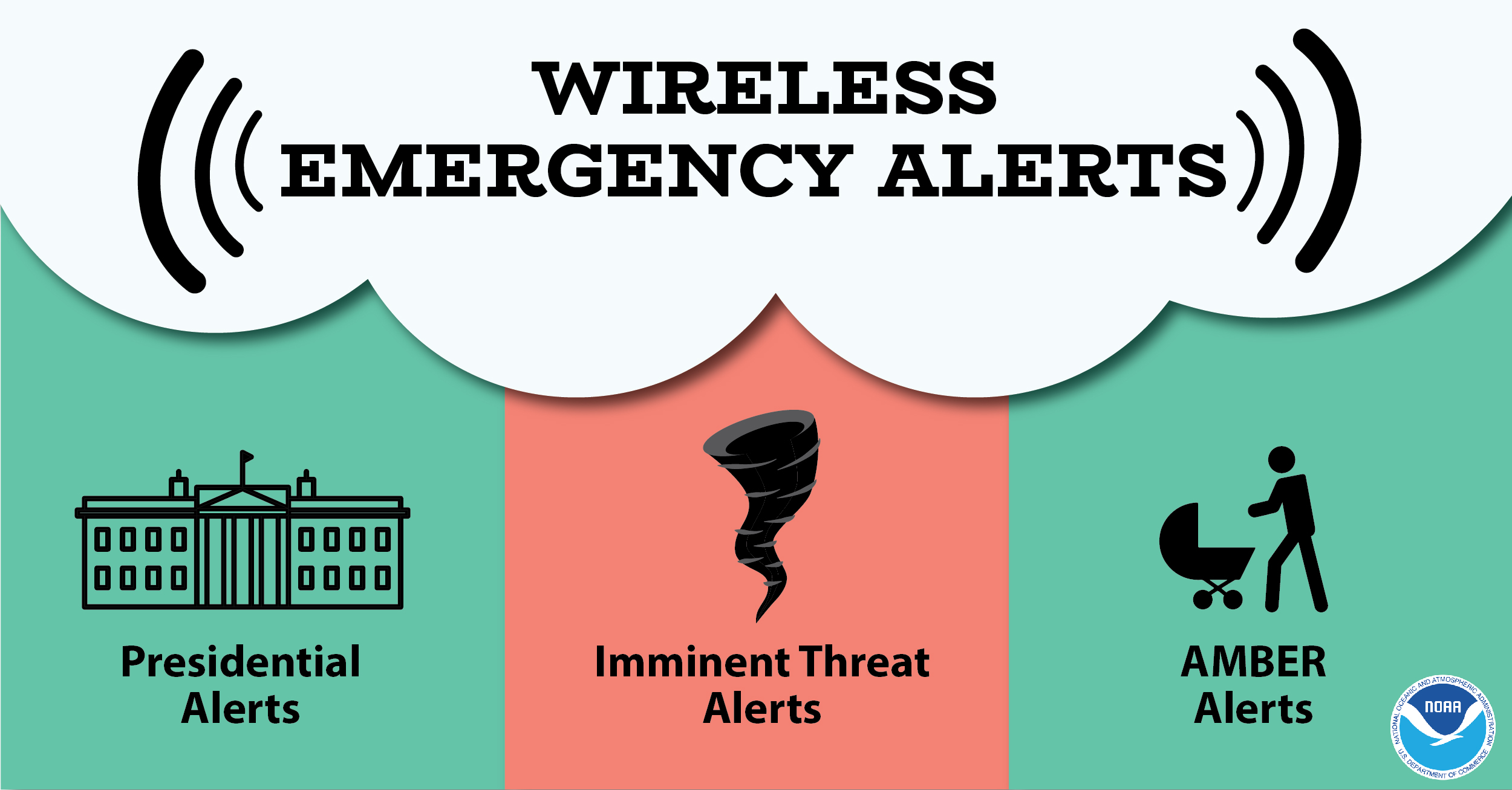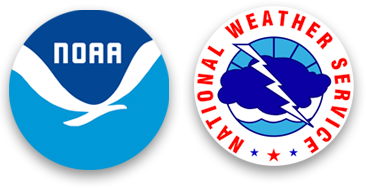Wireless Emergency Alerts: How Your Mobile Device Could Save Your Life! - National Weather Service Heritage

Wireless Emergency Alerts: How Your Mobile Device Could Save Your Life!
By Emily Senesac (emily.senesac@noaa.gov)On July 26, 2012, a tornado with wind speeds of up to 110 miles per hour ripped a 10-mile path through Elmira, New York. Four homes were completely destroyed in its path and 16 were made uninhabitable due to fallen trees and debris. In total, more than 2,000 structures sustained extensive damage. Given the severity of the destruction, first responders arrived at the scene expecting to find many dead and injured. Instead, they found that there had been no deaths and, remarkably, no injuries. Numerous residents credited the Wireless Emergency Alerts (WEAs) they received on their mobile phones, saying they took shelter in their basements upon receiving the message. Thanks to WEAs, countless lives have been saved at times when they otherwise wouldn’t have been.
Wireless Emergency Alerts are the product of an alerting network used across the United States that sends emergency alerts to mobile devices, primarily cell phones. These alerts are location specific, notifying those in danger at any time of the day or night with a short, 90-character message about the approaching hazard. There is a wide variety of weather events that can trigger a WEA, ensuring that individuals nationwide will be alerted of nearly all possible environmental hazards.
While the National Weather Service (NWS) uses WEAs to notify and warn communities about an impending meteorological threat, it was a different agency that spearheaded the project. In response to the Warning, Alert, and Response Network (WARN) Act passed by Congress in 2006, the Federal Communications Commission (FCC) proposed and adopted the WEA program in 2007, receiving nearly $106 million in allocated funds. The Commercial Mobile Alert System (CMAS) allows federal agencies to accept aggregate alerts from the NWS (among other parties) and send the alerts to participating wireless providers. These providers then distribute the alerts to their customers with compatible devices using Cell Broadcast, a technology that is similar to SMS messaging and simultaneously delivers messages to all phones using a cell tower.
In partnership with the Federal Emergency Management Agency (FEMA), the NWS began delivering WEAs on June 28, 2012. Not even a month later, the Elmira tornado event quickly proved the benefits and success of the WEA technology to report meteorological hazards. As the number of success stories skyrocketed, NWS and WEA leaders began reaching out to local forecasting offices, explaining the impact of the technology and offering training on how to properly wield this revolutionary tool. While there was initial skepticism, positive results in the field turned criticism into curiosity and respect for the program.
Tales of lives saved and tragedies avoided as a result of the WEAs continued to pour in as the program moved forward:
- In 2013, 25 children and several parents evacuated a soccer dome minutes before a brutal tornado threw it across an interstate.
- That same year, a church congregation of 700 took shelter as a twister passed dangerously close.
- In 2015, whole neighborhoods retreated to basement shelters in the middle of the night as a tornado destroyed countless houses in its path.
In the face of success in the field, the technology and capabilities of WEAs continue to improve and modernize. In March 2017, the NWS announced its intention to add alert notifications for severe thunderstorm warnings that meet extreme criteria, such as very large hail or dangerously high winds. At this time, flash flood warnings are being updated and improved in response to public concerns about frequency and irregularity. With this development, local warnings for a flash flood will have to meet a certain threshold before triggering a WEA, making them more helpful and reliable. In the years to come, the NWS hopes to increase the 90 character count for the alert message to 360 characters, with the goal of giving recipients as much information as possible about an impending meteorological hazard. To that end, the NWS also hopes to add a spanish language WEA to make the warning as accessible as possible.
When received at the right time, a WEA can mean the difference between life and death. As part of NOAA’s goal to build a Weather-Ready Nation, this impactful technology will only continue to be developed and improved upon, saving lives in the process.
Additional Reading:
